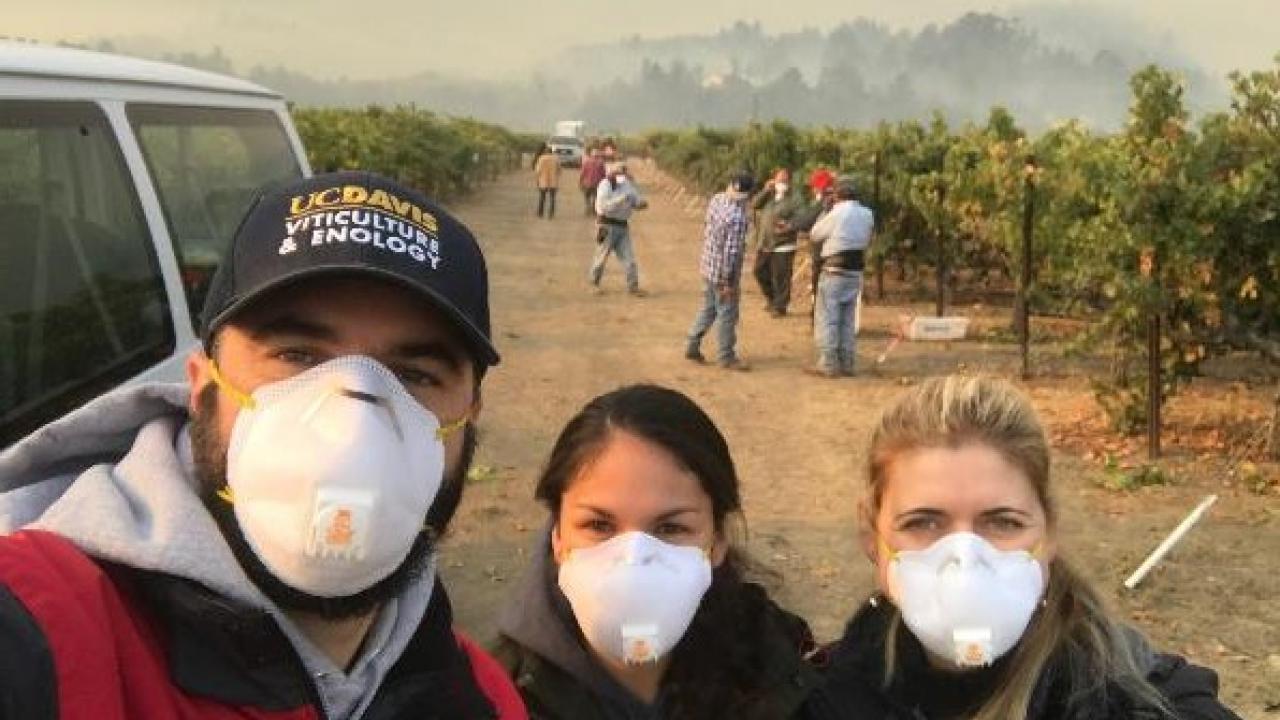
In recent years, the grape and wine industry in the western United States has experienced repeated smoke exposures from wildfires. These have resulted in wines with characteristic off aromas and flavors that have come to be known as smoke taint. There are examples of smoke tainted wines from at least five of the past ten vintages from California, Oregon or Washington State; all three states produced affected wines in 2017 and 2018. Generally, the impact of smoke exposure is regional, affecting vineyards near the fires, but atmospheric conditions can result in smoke impacting distant grape production areas. Both types of smoke exposure have resulted in smoke impacted wines.
While much discussion and some research has occurred, researchers are inundated with requests from grape growers and winemakers who wish to prevent this problem. Unfortunately, more questions than answers remain. Most of the published research has been conducted in Australia and is not directly applicable to West Coast fires. Impact of fire event, smoke composition, grape variety and measurement tools are not well understood. Additionally, significant misinformation and enduring myths regarding grape smoke exposure remain.
Researchers from UC Davis, Oregon State University and Washington State University were awarded a USDA-NIFA-SCRI planning grant to determine gaps in current knowledge and to develop a robust research program to address the priorities and knowledge gaps identified in industry stakeholder need identification meetings. Anita Oberholster, Associate Specialist in Cooperative Extension in Enology, Viticulture and Enology at UC Davis was a part of the team.
The following is a White Paper based upon stakeholder feedback that the team received.
